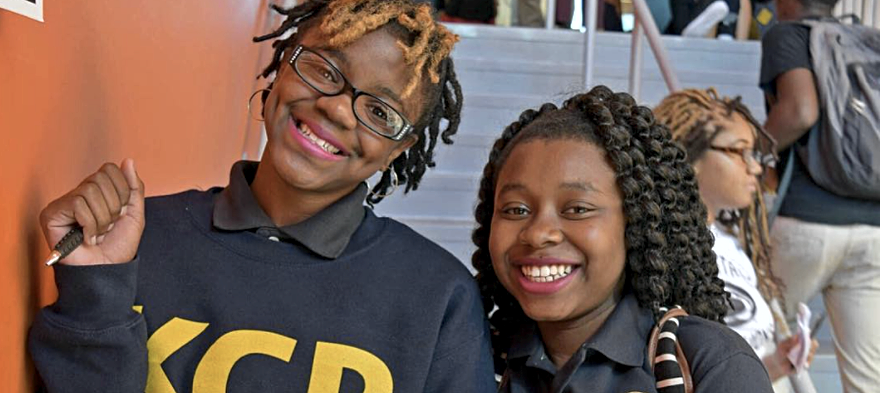
On July 30th, the Mayor of DC, Muriel Bowser, announced that D.C. schools would begin the year remotely. It was clearly time to take the lessons learned and get better. Our leaders went to work. They reviewed and revised curriculum, made great decisions about material and tech distribution for all students, conducted empathy interviews with teaching staff, surveyed staff and families, and used this feedback to craft a plan for summer professional development for our 1,150 staff members.
However, as we crafted a plan for the start of the year, we realized [pullquote]a critical voice was missing in our planning. Our students.[/pullquote]
For two weeks, an informal research team comprised of three school leaders, a data geek, and a wise and patient Ph.D. student, called our students, asked them questions, recorded their answers, and came up with concrete recommendations based on what we heard from the students.
We began with the 55 students in our eighth grades who had received two or more incompletes because we were worried about them and about losing them in the transition between middle school and high school. We called all of them and were able to interview 35 students. Here’s what they shared with us.
Fortunately, these same students were able to suggest specific ways to make remote learning more successful for them, and for the rest of the 7,000 KIPP DC students. The team came up with over 75 concrete recommendations from our students, which we’ve narrowed to the strategies we (and our students) believe will have the greatest impact across our schools.
To truly understand what children are experiencing right now, we must take it upon ourselves to ask them. Directly. With empathy and kindness. With an open mind and the willingness to put our adult preconceptions aside. They will tell us the truth, but we do need to ask. The act of asking and listening deeply to their expertise and their experience can only compel us to listen, reflect and respond.
Andhra Lutz is the Managing Director of Secondary Schools at KIPP DC. She has worked at KIPP DC for nine years. During that tenure, she was the principal of Promise Academy, a Blue Ribbon award-winning elementary school in Washington, D.C. and the principal of KIPP DC: College Prep High School, an 800 student Tier One high school also in Washington, D.C. Ms. Lutz began her career in 1990 as a charter member of Teach for America in Eastern North Carolina and has been an educator for thirty years.
If you have a child with disabilities, you’re not alone: According to the latest data, over 7 million American schoolchildren — 14% of all students ages 3-21 — are classified as eligible for special...
The fight for educational equity has never been just about schools. The real North Star for this work is providing opportunities for each child to thrive into adulthood. This means that our advocacy...
The story you tell yourself about your own math ability tends to become true. This isn’t some Oprah aphorism about attracting what you want from the universe. Well, I guess it kind of is, but...
Your donations support the voices who challenge decision makers to provide the learning opportunities all children need to thrive.
Ed Post is the flagship website platform of brightbeam, a 501(c3) network of education activists and influencers demanding a better education and a brighter future for every child.
© 2020–2024 brightbeam. All rights reserved.